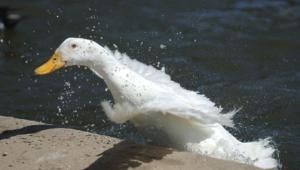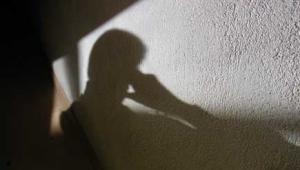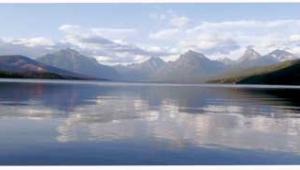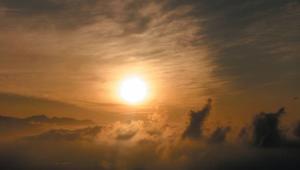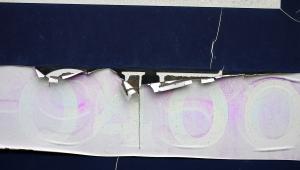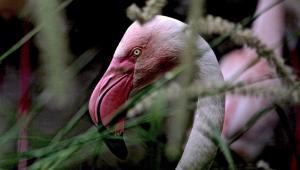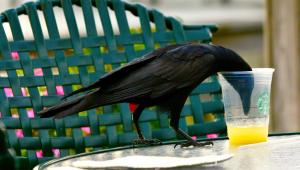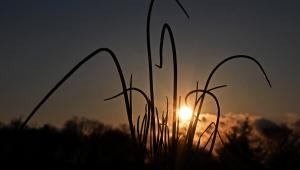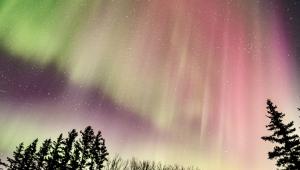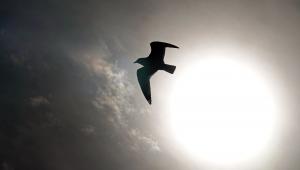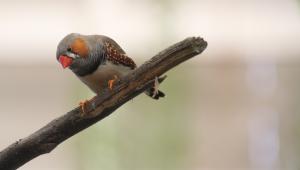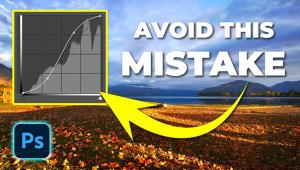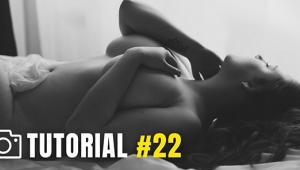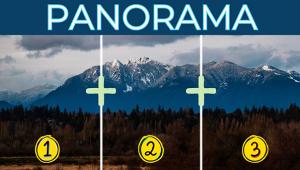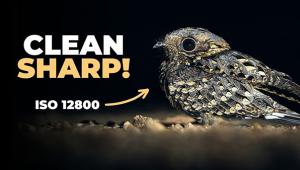Aerial Photography Page 2
2. Shutter Speed & Aperture
In aerial photography, the subject is almost always at "infinity."
So depth of field is rarely a consideration. However, the camera is moving through
the sky at more than a mile a minute, so motion-freezing shutter speeds are
important, especially at lower altitudes.
 |
|
|
I shoot wide-open in aperture-priority AE unless except in cloudy conditions where the sun might suddenly come out--the camera's fastest shutter speed won't be fast enough to avoid overexposure with the lens wide open. For example, at ISO 400 (which I use for cloudy weather), the proper shutter speed for bright sun at f/2.8 would be 1¼12,500. In such conditions, I either closely monitor the light level, or switch to program AE mode. (Action mode would provide the fastest possible shutter speed for a given light level, but doesn't permit use of exposure comp, and I frequently use that--for example, most SLRs tend to overexpose greenery.)
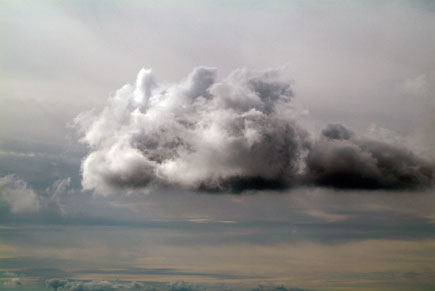 |
|
|
3. Focal Length
I like focal lengths from 28mm to 135mm for aerial photography (not coincidentally,
I have a 28--135mm zoom lens). With wider focal lengths, it's hard
to keep from getting some part of the camera plane in the shot; with longer
focal lengths, it's hard to get sharp results due to camera shake (my
28--135 has a built-in image stabilizer). Sometimes it's nice to
use a really wide lens and deliberately include a wing as a graphic element,
but generally it's best to shoot "clean" aerial photos. With
the "affordable" digital SLRs and their smaller-than-full-35mm-film-frame
image sensors, any lens will have a narrower angle of view than it does on a
35mm SLR--my 28--135 frames like a 45--216 when used on my digital
SLR with its 1.6X "crop factor." This still provides a good range
of focal lengths for aerial shooting, but I also have a wide-angle zoom lens
I use on both film and digital cameras.
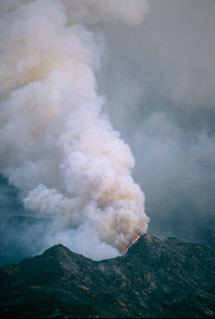 |
|
|
Why zoom lenses? Because it's a lot easier to rotate or slide a zoom
ring than it is to change altitude hundreds or even thousands of feet to get
the desired composition. Most pro aerial photographers work at lower altitudes--500--1000
feet above ground--because shooting from lower altitudes provides a more
dramatic perspective (the higher you shoot from the flatter everything looks)
and reduces the amount of atmospheric haze between camera and subject, but I
also shoot a lot of images while en route to destinations, at much higher altitudes.
4. Circle
Those perfect moments when camera angle and lighting are just right are fleeting.
Keep your eyes open, and when you see something good, have the pilot circle
it, so you can get several chances at that perfect moment.
 |
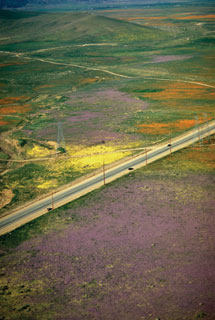 |
|
|
||
5. Fear Not...
If you're afraid of little airplanes, you can still get some "aerial"
photos by shooting from hilltops or tall office buildings. This also provides
the advantage of a stationary camera, allowing you to study your compositions
carefully before shooting, and you can get sharp images in dimmer light by attaching
the camera to a tripod and making longer exposures.
Next Month: Telephoto Lenses
- Log in or register to post comments



